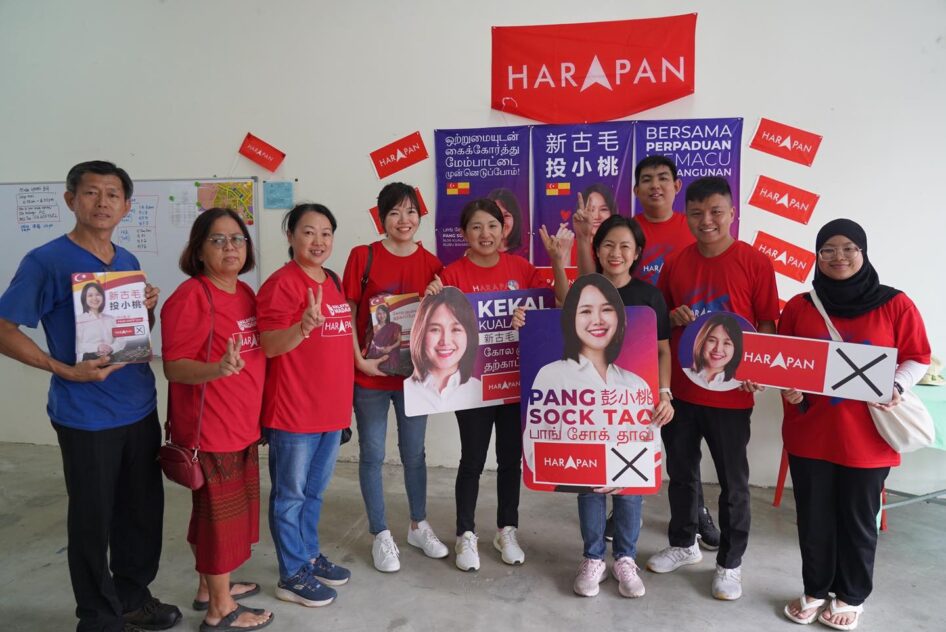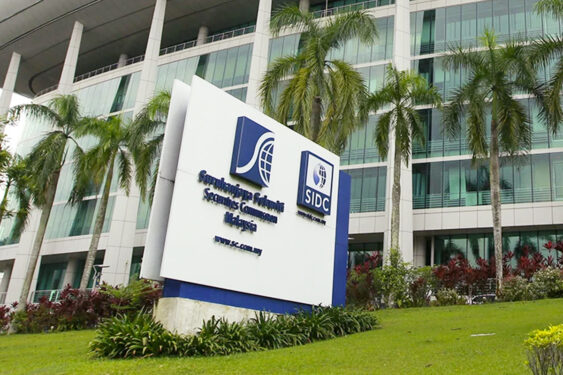By Sofea Azahar
IN sailing through the storm brought about by the Covid-19 pandemic and its concomitant Movement Control Order (MCO) which has slightly abated now as currently the economy is seen gradually picking up and unemployment slowing down, there is a need for the beneficiaries to wholly utilise the incentives provided for the gig economy.
This idea to further normalise gig economy stemmed from the fact that 26% of labour force in Malaysia forms part of the growing gig economy, equivalent to 4 million freelancers.
In terms of growth, gig economy has expanded 31% in 2017, surpassing conventional workforce.
Gig economy is widely defined as ‘platform economy’, ‘on-demand economy’ and ‘sharing economy’ that refers to the demand and supply of short-term or task-based working activities.
In the past years, there was a growing number of people joining gig economy to look for extra income or as their main source of income.
According to Universiti Putra Malaysia’s Faculty of Human Ecology deputy dean Mohamad Fazli, working part-time and freelancing have been around for ages. These jobs have become more pronounced due to the rise of digital platforms.
It is also driven by the flexibility of working hours and location, the freedom to choose the type of work, and the pay can be lucrative as well.
Now that remote working has emerged as the new norm and a more preferred working style particularly since the Covid-19 pandemic started, the share of gig workers is likely to be more than 26 per cent.
Even before Covid-19, a study by Zurich Insurance has shown 38% of full-time employees in Malaysia are considering to venture into gig economy in the next 12 months, higher than the global average of 20%.
Gigworks chief executive officer Glenn Tay said, freelancing work would not be diminishing anytime soon but would continue to grow rapidly as majority of the labour force was made up of younger generation who tend to be tech-savvy and their priorities were relatively more inclined towards work-life balance.
In other countries, gig economy trends are also on the rise resulting from the shift of workforce.
Based on the Global Gig-Economy Index, the United States ranked 1st out of 10 fastest-growing freelance markets with revenue growth of 78%, followed by the United Kingdom (59%) in the 2nd place, while in Asia, Philippines is placed 6th with revenue growth of 35% and India with 29%.
This shows that globally, people have gradually made gig economy a viable option to earn a living and statistics have shown that on the global scale, gig economy tends to attract more young adults – 25-34 years (46.2%) and 35-44 (32.5%).
So, positive perception on gig economy should be instilled within the society especially when jobs can still be done anywhere while leveraging on technology.
Based on a report by a talent outsourcing and consultancy group KellyOCG, 84% of hiring managers in Asia Pacific outsource to freelancers as a means to save cost, stimulate innovation and keep a competitive advantage.
In Malaysia, it is good to see the government has its eyes on the gig economy with incentives involving gig workers’ welfare in Penjana package worth RM75 mil.
Measures include a matching grant of up to RM50 mil for gig economy platforms that contribute to the workers through Socso and EPF’s i-Saraan, and RM25 mil for MDEC’s Global Online Workforce (GLOW) programmes.
These measures seem to be attractive as beneficiaries’ social safety will be partly taken care of.
However, comprehensive outreach always seems to be the problem when it comes to policy execution.
In this case, awareness and information about the incentives might have not fully reached the gig workers as there are only 2,847 workers registered with Socso as of Sept 11 (0.95%) when the target is 300,000.
Additionally, the launch of RM100 mil Ministry of Higher Education’s National Economic Reform Plan (Penjana) Career Advancement Programme (KPT-CAP) is rather timely to enhance the freelancing capability of graduates in a gig economy.
This newly announced programme is important to upskill youngsters, as being in a gig economy also requires specific skillsets. If not addressed, it can end up with freelancers being underpaid or not paid although they are overworked.
According to PayPal, 58% of freelancers in several Southeast Asian countries experienced not being paid because they are not taken seriously by the clients.
Hence, this calls for an efficient utilisation of the existing measures that had been announced by the government and for the leading government agencies to monitor the effectiveness and the level of awareness amongst target group so that the benefits would reach them.
Although gig economy has its drawbacks pertaining to its low benefits, the fact that it is a growing contributor to our national economy needs to be valued. – Oct 4, 2020
Sofea Azahar is Research Analyst at EMIR Research, a think tank focused on strategic policy recommendations based on rigorous research.










